|
Barry Wilcox of Tallahassee, FL and his family attended our December 2015 Primitive Skills event led by Joe Burnam. This is what Barry had to say concerning the event.
"We’re always looking for outdoor, nature based activities for the kids and there’s only so many times you can take them to the Tallahassee Museum. . . They loved learning how to weave using yucca. They now seek out the plant so they can bring a piece home and practice. If I had one in my yard it would be bare by now. . . They especially liked having other kids present. This is an important point that I can’t stress enough. There are a lot of outdoor group activities for adults, but very few specifically for kids; therefore, a kid friendly primitive skills workshop was a can’t miss event! I believe there’s a lot of latent demand out there for more of these opportunities. I enjoyed exploring a new area with the kids. We’ve worn down nearly every trail in the Tallahassee area, but Lost Creek was a new one for us. Also, Joe was a great guide. He was both knowledgeable and personable. And again, hitting on the kid thing, I think it was great that he brought his son along as well."
0 Comments
I was scheduled to lead a tour at 2:00 pm today but since the rain had set in I was not expecting much of a crowd. My wife and daughter had accompanied me to the forest and we waited until 2:15 to see if anyone would show. It was at this point with no cars in sight that we decided to venture into the forest anyway. We weren't going to let a soft rainfall ruin the afternoon. It was amazing how well the canopy kept the rain off of us as we strolled along the trail. I had already intended this to be a half fun / half working walk in the woods so we cleared the trail of fallen branches and sticks as we went and put out a few more markers along the trail to make it a little easier to navigate for future expeditions. There is nothing quite like quietly strolling through the woods with people you love and experiencing the joy of nature as the rain gently falls around you. It was not the most ideal setting for taking pictures especially if you don't want to get your camera wet but none the less I was able to take some great photos. I hope others will have the pleasure to come and enjoy this beautiful forest and find it as inspiring a place as I do.
Rick Barnes Thomasville, GA Dr. Katherine Kirkman, Jones Ecological Research Center and co-author of Natural Environments of Georgia, "The forest is beautiful and I certainly understand why you worked so hard to see it protected." Lost Creek Forest is mentioned twice in her book as Lost Creek Natural Area.
Neil Fleckenstein, Planning Coordinator, Tall Timbers Research Station, "Lost Creek is a good example of a community following their land use plan." Visits by members of GA Botanical Society, GA Native Plant Society, Florida Native Plant Society, including botanists and plant enthusiasts from all over Georgia and North Florida, all enthusiastic about the quality and beauty of the forest, the diversity of plant species, especially trees, the pristine nature of the numerous ecosystems. Dr. Michael Abrams, journalism professor, FAMU, amateur botanist, flwildflowers.com “Your group owns one of the best stories of grassroots preservation— how a community came together, planned a strategy, and persuaded local government to turn around in its tracks. It’s a story that needs to be written/circulated many times. It’s a lesson as to how people really can exercise persuasive power and change attitudes. I like the name “Lost Creek Forest” as it carries with it the magic and romance of nature. Karan Rawlins, Invasive Species Coordinator, Center for Invasive Species and Ecosystem Health, U of GA " a wonderful example of our native Georgia hardwood forest" with its "native under-story plants" rather than invasive species. Thank you both for leading the hike through Lost Creek Forest and for all your hard work helping to save such a wonderful example of our native Georgia hardwood forest. As you know I work at the Center for Invasive Species and Ecosystem Health at the University of Georgia, which means I am always aware of the invasive plants I see infesting areas I visit. It was so refreshing to walk through Lost Creek Forest. The native under story plants and the spruce pine were my favorites. You are so vigilant, pulling any intruder you find. Now we just need to get the message across to everyone doing their spring gardening and landscaping to help keep our natural areas and our wildlife healthy by using native plants whenever possible and by properly managing any non-native plants they have.
I hope to visit Lost Creek Forest again soon. Karan Rawlins Invasive Species Coordinator Center for Invasive Species and Ecosystem Health University of Georgia The first two photos are at Lost Creek Forest showing a native woodland. The last picture is a forest which has been INVADED I believe that the entire preserve should be protected with some kind of in perpetuity entailment. Something like restrictive covenants.
Next, a long term facilities plan should be implemented that addresses the needs and uses of the community, especially the local schools. I envision this plan to include an interpretive center that addresses the Red Hills region in general and the forest as well as issues of land use, historic land uses, watershed and watershed protection issues, interesting and unusual flora and fauna found within the forest including inventories of all flora and fauna kept for documentation and research and other activities as need arises. I would like to see as a part of the development an outdoors amphitheater (wooden planks on logs with electrical supply for media shows, some kind of small stage and a fire pit for bon fires) where programs related to the forest, ecology and the general need and methods of good conservation practices would be presented to interested groups. Hiking trails with interpretive stops along the way would be laid out in a series of interconnected loops so walkers could chose shorter or longer ramblings. These would be low impact trails with little or no grading. Construction of a few creek crossovers would be needed for access to the entire experience of the forest. As you can see, I view the property as an important part of the public trust that has a primary mission of conservation for the sake of education, not to lock away a resource for some undefined use in the future. We are fortunate that the property has survived more or less intact until now, and there is no better time than now to make it available to the public for responsible use. Woody Professor Emeritus of Biology Thomas University Thomasville, Georgia |
Archives
February 2016
Categories |
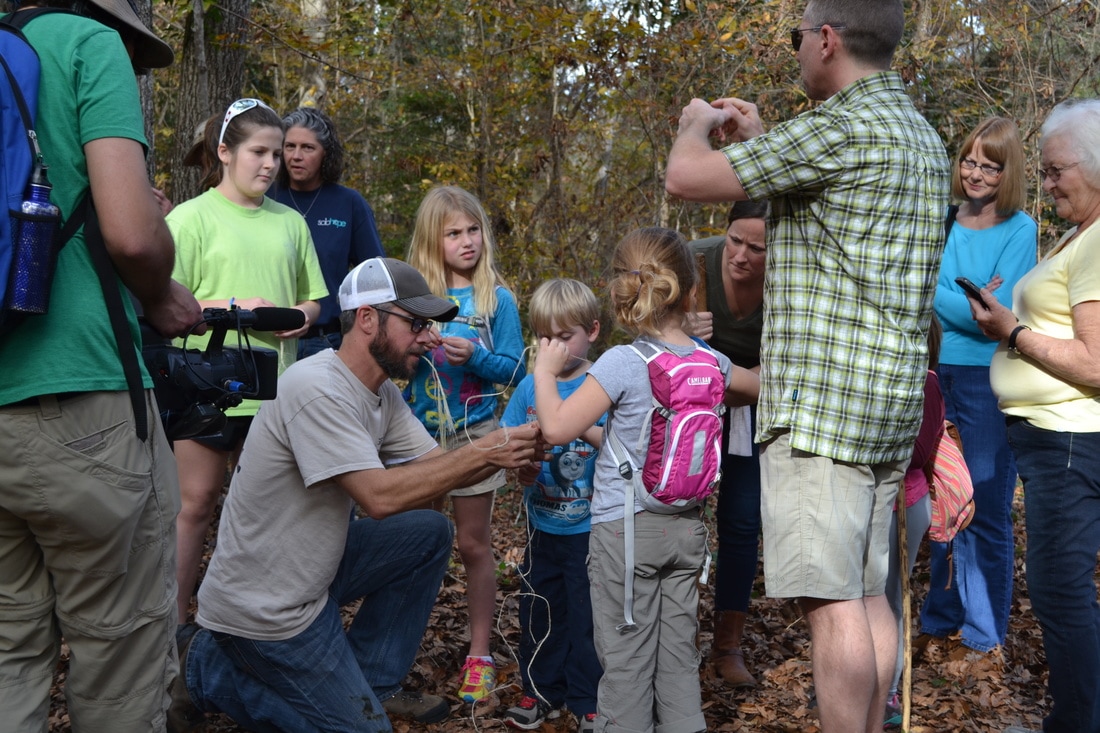
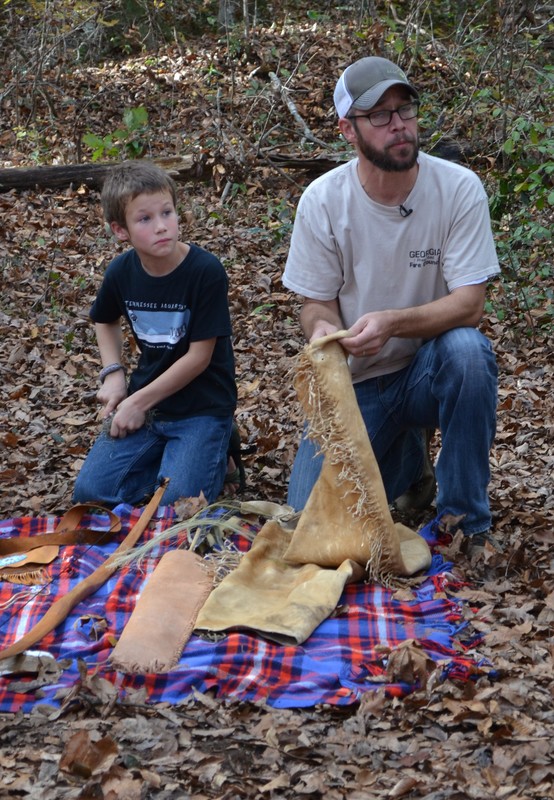
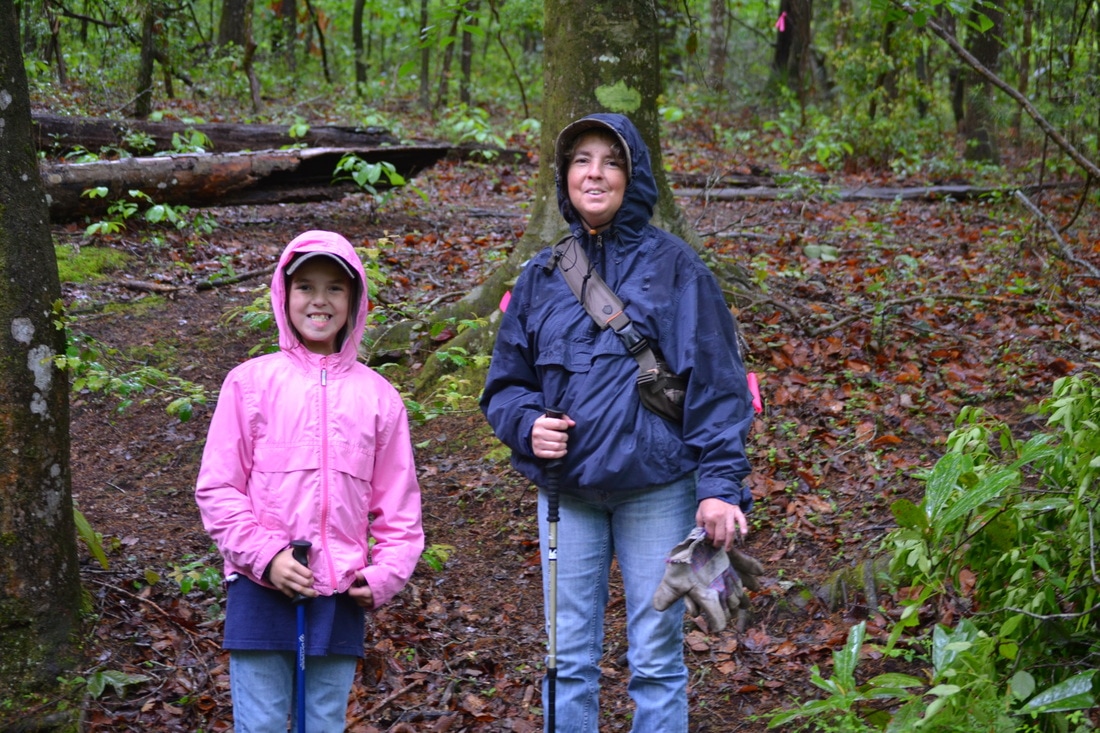
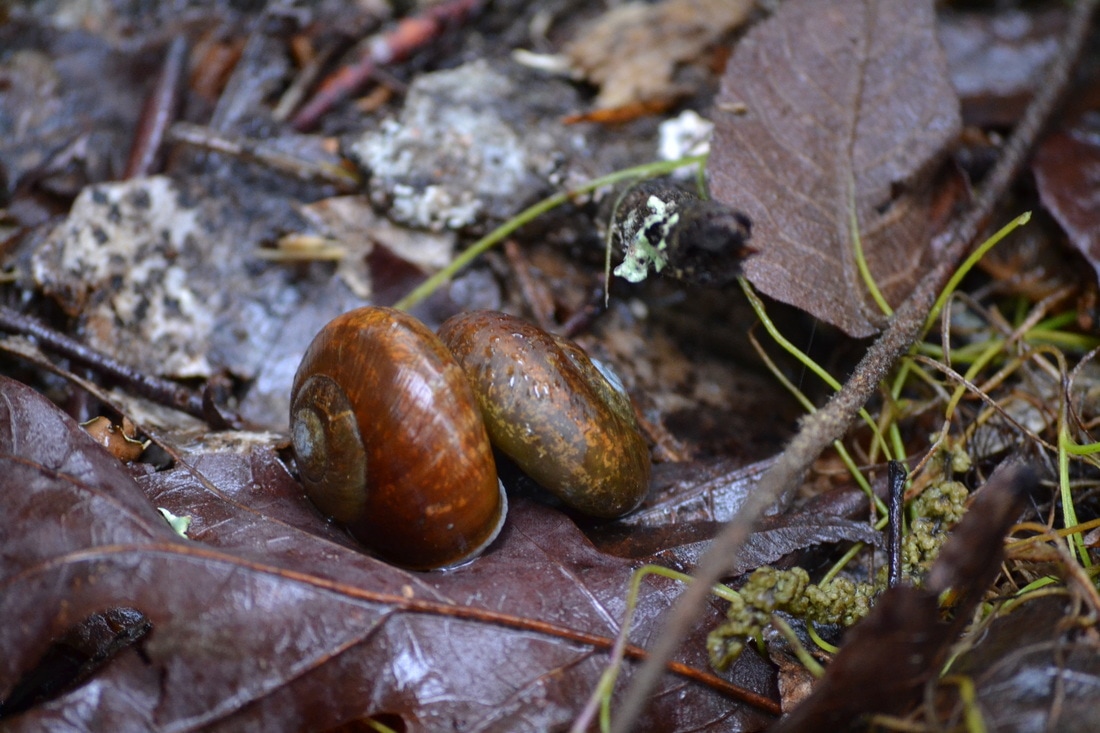
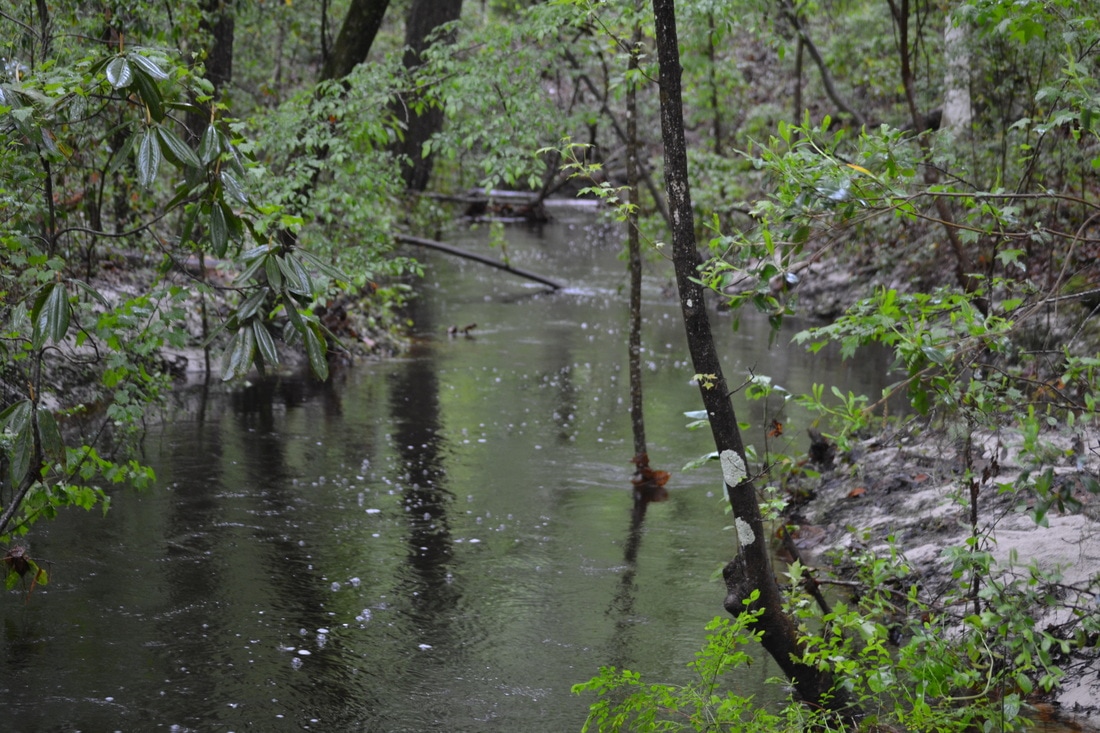
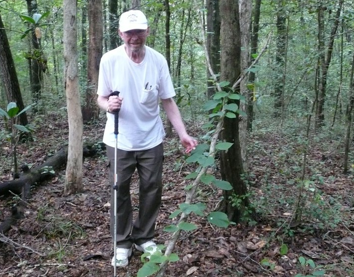
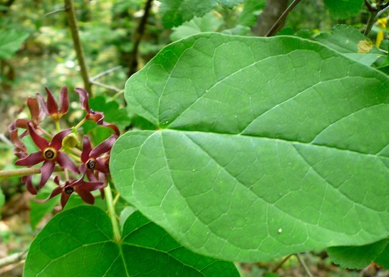
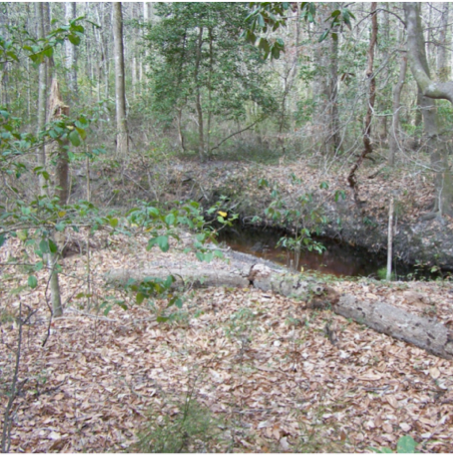
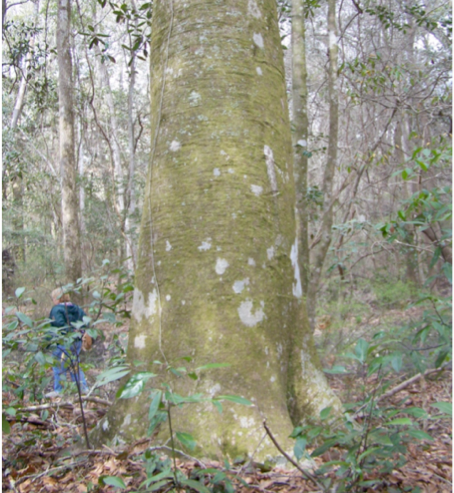
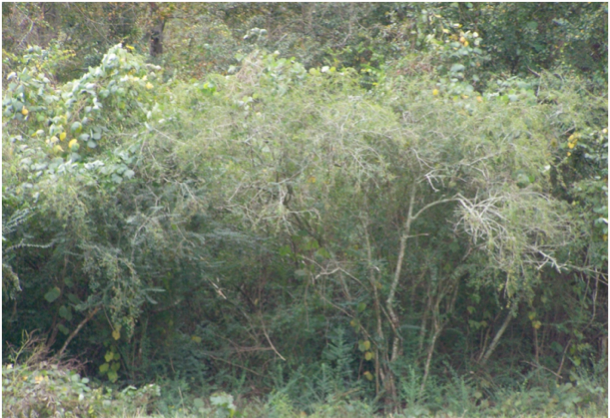
 RSS Feed
RSS Feed
